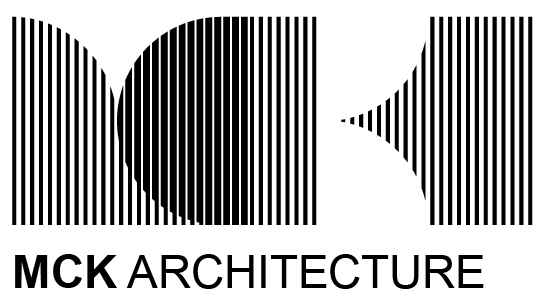OUR 2023 CARBON-NEUTRAL QUEST
Becoming carbon neutral was fundamentally driven by our studio’s awareness of its environmental footprint, and our desire as people, and as a team to do better. We collectively believe that as architects we have a responsibility to react to the climate emergency, and becoming carbon neutral as a practice is an important beginning of the process for us. Reducing fossil fuel emissions can start with us and what we do everyday however our largest impact can be achieved through the work that we do. Being certified carbon neutral begins the conversation with the clients and within our office. It acts as a launch pad to raise awareness and promote passive thermal design.
The process of becoming certified carbon neutral was not difficult, there are so many resources out there and methods to continue to reduce our carbon footprint. Going to green energy early in the process helped us start from a lower base point.
Undertaking the carbon neutral certification opened up conversations within our office, firstly around carbon offsets and the process of certification but then the conversation expanded to include what more we can do as an office, and what we can do within our projects to create more sustainable outcomes. One of the most exciting initiatives that developed from the carbon neutral journey was to develop in house sustainability consultants, this includes an inhouse BASIX and NatHERS assessor and develop a passive house knowledge base. It became apparent that developing these sets of knowledge and skills within our office team would enable our projects to have individualised solutions and adaptability to strive for the most sustainable outcomes rather than simply meeting the minimum criteria.
We went through the Carbon Reduction Institute to become certified carbon neutral. The process was straight forward and involved data gathering from the office as well as our staff. The Carbon Reduction Institute is internationally renowned and ISO globally approved, giving us confidence in its credibility and allowing us to follow a recognized path to carbon neutrality.
We purchased carbon offsets through the Carbon Reduction Institute, we choose the highest level of offset, gold standard. Whilst these offset programs are gold standard, we felt that we could improve with obtaining locally based offsets in our next audit. We did not need to purchase many offsets to become carbon neutral, our aim is to continue to reduce this towards zero.
One of the largest contributors to our emissions as a practice was through our electricity usage. With two offices and multiple computers and devices it was obvious to transition to green energy. This reduced the emissions and therefore the offsets that we required.
Data collection plays an important role in becoming carbon neutral. This can be time consuming, but the accuracy of this information is integral to producing a realistic carbon audit. We found that a collective approach and spreading the workload to be effective both in terms of time management and we also found that it enabled a finer level of detail.
PHOTO BY PRUE RUSCOE
As a relatively small office, we knew in advance that our carbon emissions would not be large, this can lead to a lack of desire or urgency to undertake a carbon neutral certification. But, what is key to remember, is that every emission counts and that by doing our upmost as an office to reduce the effects of climate change we are playing a part in the larger move towards a more sustainable future. We felt that as signatories of the Australian Architects Declare Climate & Biodiversity Emergency it was important to action our words and become certified carbon neutral.





